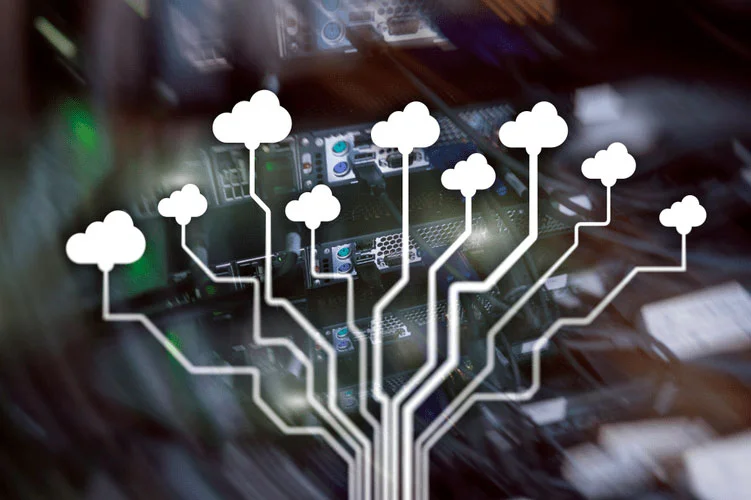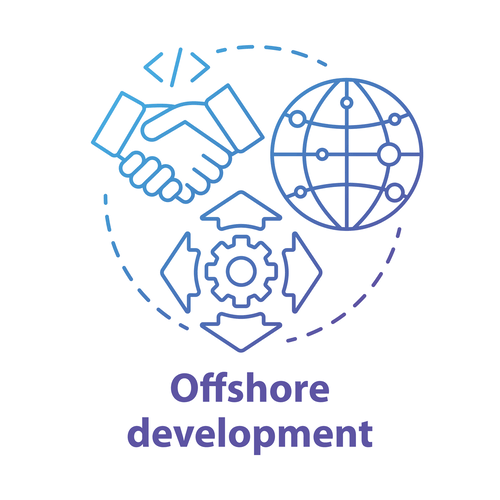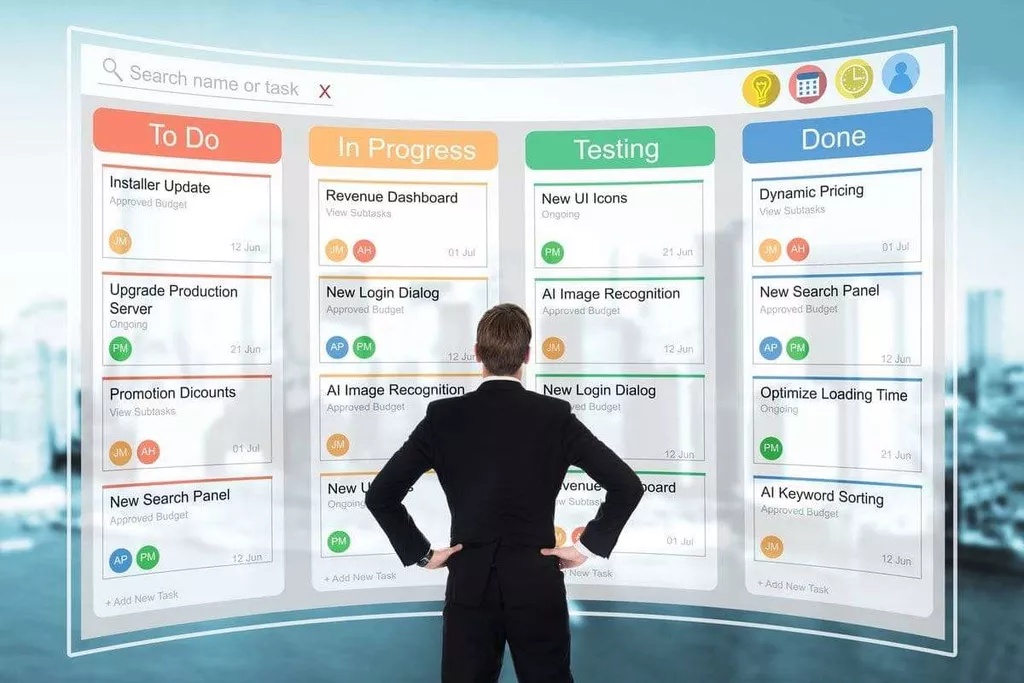Partner Success In a quickly changing know-how panorama, adding the manual input field as part of its often scheduled maintenance updates is solely one example of how Sage Business Cloud X3 continues to evolve to fulfill the needs of more than 5,500 organizations globally. Sage Business Cloud X3 provides faster, more intuitive and tailored enterprise management solutions than conventional ERP for organizations looking to retain their aggressive benefit by growing their agility and embracing change.
- The world-class financial and accounting capabilities of Sage X3 / Enterprise Management are absolutely embedded throughout your building management processes to ensure steady visibility and unprecedented ranges of management over monetary property.
- It is reflected in the importance given to a process-centric method to project management, recruitment of skilled consultants and within the implementation approach.
- Having carried out Sage X3 and Sage People – Smartworld has now commenced its journey of automating the complete project lifecycle with the Project Management vertical from Sage aptly titled Sage X3 Construction,” says Ahmed Youssef, Smartworld IT Service Manager.
- Enterprise Management Construction additionally understands contractual relationships and is versatile sufficient to accommodate them.
- In addition to monitoring present projects, you can even forecast the impression of a new project on money flows, including best/worst case eventualities over time to establish and tackle potential problems earlier than they occur.
Features and functionality embody support for frequent file formats, information translation and scheduled automation. Run every aspect of your development business quicker, extra merely, and far more flexibly than ever earlier than.
Sales Management
Sage X3 / Enterprise Management Construction is a complete capital project administration answer that captures granular financial and project information throughout the construction lifecycle. This up-to-date construction knowledge is then made instantly available through intuitive, actionable KPI’s and dashboard stories that may be absolutely personalised, and accessed on any mobile device. There are a quantity of actions that might trigger this block together with submitting a certain word or phrase, a SQL command or malformed information. Today, the answer empowers project managers and other stakeholders around the world to raised manage the complete building lifecycle. It captures more granular, work-in-progress project and financial data utilizing one built-in system. From pre-discovery to the go-live date, Sage’s ERP may be fully implemented in less than forty five days compared to others that can take a full year.
The vision of Triad in offering superlative service is driven with passion from the highest and overseen with a hands-on method. It is reflected in the significance given to a process-centric strategy to project management, recruitment of expert consultants and within the implementation approach. LAI is uniquely positioned to offer their enterprise-scale purchasers a more fashionable, greater efficiency building solution that was conceived to carry out to world standards. With the principals’ earlier expertise working in structural metal, high voltage, hydroelectric and utility-scale photo voltaic verticals, LAI has the power to translate complex and lengthy construction phases into operable and profitable executions. EM Construction is a cohesive module that is out there as part of the feature-rich and functional trendy business solution that address the complexity and risks faced by today’s mid-tier to bigger construction firms. In addition to tracking present tasks, you may also forecast the influence of a new project on money flows, together with best/worst case situations over time to determine and address potential problems before they occur.
For example, if a company is purchasing new gear that will speed up a job by 30 percent or conducting training that can improve productiveness by 15 percent, project managers will soon be capable of account for that by way of handbook input. From the second of login, users are greeted with stunning, role-based dashboard reviews that showcase key project milestones, activities, and alerts to any risks objects needing attention. As a half of your implementation, you can select from a listing of ready-built stories that span a project’s lifecycle, or easily create your personal customized reviews using our quick, and intuitive report author. Sage X3 / Enterprise Management Construction’s treasury management operate empowers your CFO’s office with steady, real-time visibility into cash flow positions for individual tasks, and throughout multiple projects for a whole portfolio view. In addition, this newest version of Enterprise Management delivers vital advantages for distribution, together with stock availability, provide chain management, EDI, back-to-back orders and enhanced inventory management with the introduction of License Plate Numbering (LPN).
Sage X3FC is a model new, trendy, and integrated industrial development management solution that empowers E&C firms to have management of their tasks, cut back dangers, and protect project profitability. Our Solutions can be found in United Arab Emirates, Kuwait, Kingdom of Saudi Arabia, Qatar, Bahrain, Kuwait, Sri Lanka and Maldives. Although Sage Business Cloud X3 resolution has all the time offered computer-generated cost-to-complete values primarily based on Earned Value Management, Sage X3 Construction is adding a manual enter subject to the calculation based on customer demand. Sage X3 Construction is thought for providing greater perception to building companies giant and small.
Construction took 10 years when it was originally estimated at 4, resulting in a schedule overrun of 250 percent and a 1,300 % value overrun. Updates to the solution were made to incorporate a project administration module that understood project flow and a cash flow analysis module. Enterprise Management Construction also understands contractual relationships and is versatile enough to accommodate them. Triad Software Services – a quantity one Platinum Partner to Sage Middle East – will lead the project with a domain-led group to totally automate business and operational processes crucial to Smartworld. Triad is predicated in Dubai and has applied Sage X3 options for leading enterprises in the GCC international locations.
Sage X3 / Enterprise Administration
Having applied Sage X3 and Sage People – Smartworld has now commenced its journey of automating the entire project lifecycle with the Project Management vertical from Sage aptly titled Sage X3 Construction,” says Ahmed Youssef, Smartworld IT Service Manager. On larger projects, one of many problems with human-generated cost-to-complete is the lack to suppose about the hundreds of individual tasks that are taking place within the project. Optimally handle cash flows across all your initiatives, lowering liquidity dangers and simplify compliance with monetary banking covenants. Manage complex development projects like particular person monetary entities, benefiting from detailed project costing and earned worth analysis right down to probably the most granular node stage of your project. Optimally assign, handle, and monitor all labor, equipment, and supplies in real-time for full useful resource optimization at every stage and stage of your project. Since its inception in 2004, Triad has acquired a major base of happy clients on the Sage Business Cloud suite of merchandise.
Cost overruns have turn into so frequent on massive development tasks today that it’s nearly anticipated. About ninety % of mega-projects will have an overrun of fifty percent or more, according to reviews. Australia’s Sydney Opera House, for example, may be awe-inspiring and perceived as an amazing success to the every day individual, nevertheless it was a failure from a project administration standpoint.
In 1979 a French firm referred to as Société Parisienne de Micro-Informatique (SPEMI) was founded and they produced accounting software program for Sord computer systems. The software was redeveloped for use on UNIX systems and a customized improvement tool was developed referred to as Accès aux DONnées sous unIX (ADONIX).[4] Adonix Entreprise V2 was written on that platform. Sage X3 is an enterprise resource planning product developed by Sage Group geared http://bloglenta.ru/uncategorized/uyutnyj-ugolok/ toward established companies.[2] The product was formerly often known as Sage ERP X3 and is available in most of the territories that Sage operate. REST API offers a easy and safe means of storing and sharing recordsdata to regulate the sequential trade of data at defined intervals.
Project Task Management
Faster and More Intuitive Sage Business Cloud Enterprise Management provides quicker, extra intuitive and tailor-made business management options than standard ERP for organizations looking to retain their aggressive benefit by rising their agility and embracing change. And once awarded the contract, you’ll save time and cut back the chance of errors by having all of your bid data mechanically imported immediately into the Sage X3 / Enterprise Management Construction project and financial management solution. The data within the fifth column provides supporting info to the project manager for justification of their estimate within the fourth column.
Build integrated software program options with a flexible, intuitive, tailor-made enterprise resolution on your business. “Smartworld, UAE’s main Master Systems Integrator and award-winning Etisalat Premium Business Partner. Established in 2008, Smartworld has constantly been providing UAE organizations crucial support with digital planning, implementation, and operation companies and options. The semi-government methods integrator makes use of cutting-edge technological resources to contribute to infrastructural and financial developments within the country.
“Project managers can quickly do the sum of averages on a project, but when you depend on the sum of averages you end up with a large discrepancy,” Wiener explains. “We see a major worth add with the Middle East particular development vertical with a totally configurable, ready-to-use product with best apply processes, inquiries and dashboards,” says R.S. By maintaining the engineering estimate throughout the project, the software program will predict the identical outputs extra accurately than a human interface. “Earned Value Management remains to be the most effective statistical guess for length and performance,” Wiener says. Being on time and on budget truly scales exponentially with enterprise building, and Sage Enterprise Management is the centralized, scalable solution of selection for LAI. “Big initiatives have big price overruns; the trivialities which make up the overruns are sometimes too numerous to visualise,” Lineberger provides.
Job Performance Data In order to calculate cost-to-complete, Sage X3 Construction is provided with Earned Value Management (EVM), which is an analysis of the info inputted into the software that delivers a data-driven, unified experience constructed on the confirmed Enterprise Management platform. EVM was developed within the Nineteen Sixties to help project managers measure project performance, but has solely just begun to achieve momentum in the business as the software to seize the necessary information has become more prevalent. The world-class financial and accounting capabilities of Sage X3 / Enterprise Management are fully embedded throughout your building administration processes to make sure steady visibility and unprecedented levels of control over monetary property. This includes native multi-ledger and multi-currency help to manage totally different websites, enterprise entities, and multiple tasks all from one, built-in system. Sage X3 / Enterprise Management Construction is a model new, modern, and built-in business construction administration resolution that empowers E&C companies to take back control of their initiatives, cut back risks, and defend project profitability.













